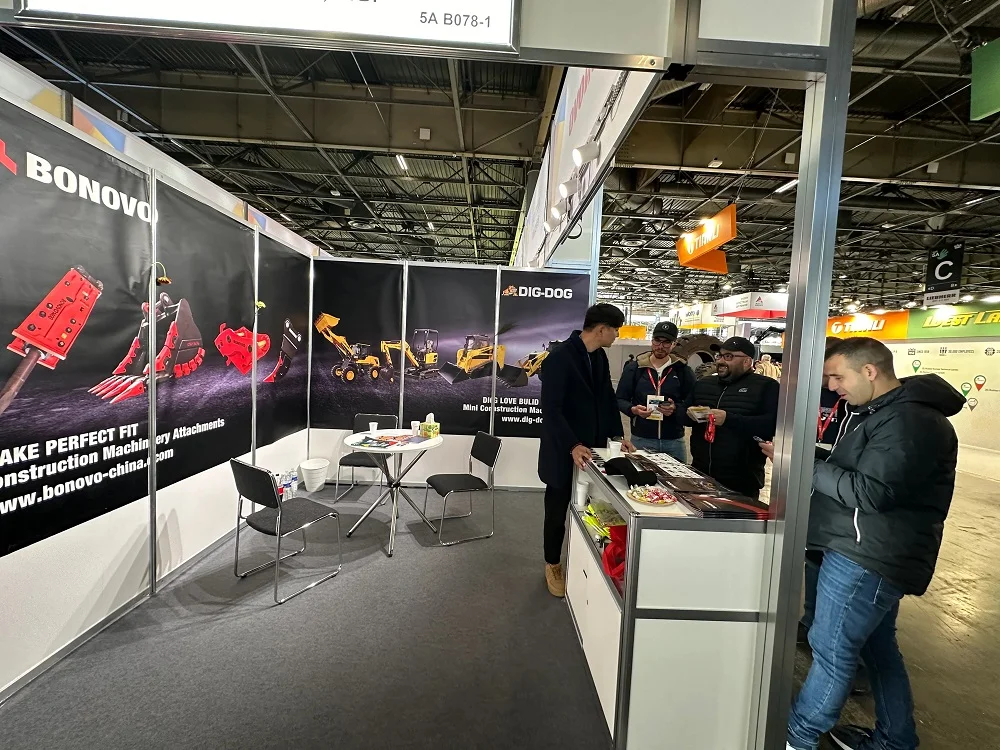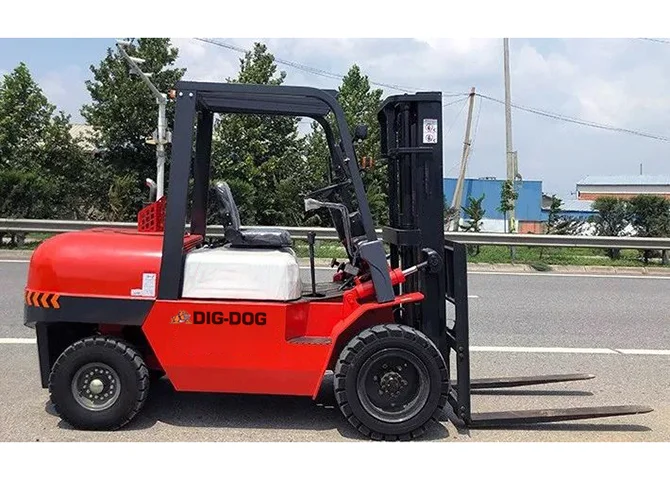Amphibious Excavator is a type of excavator that can move and operate in places where the standard crawler excavator is unable to do. This unique machine operates seamlessly on both water and on land in keeping with its name – “Amphibious” means both land and water.
Amphibious Excavators specialize in moving and operating where the ground is not solid, in soft terrain and wet environments such as bayous, marsh lands, rivers and swamps while floating in a body of water.
As excavators trekking in soft terrain and wet environments are required to have very low ground pressure, the Amphibious Excavator uses pontoon style undercarriage system to achieve an extremely low ground pressure compare to a standard crawler excavator, which is pretty much restricted to operating on hard surfaces. The pontoon style undercarriage which is based on Archimedes principle is also designed to float in water as a safety feature.
Variations of the Amphibious Excavator
The Amphibious Excavator is also known by many names around the world – floating excavator, floating dredger, amphibious dredger, marsh excavator, marsh buggy, swamp excavator, and the like and come in many shapes, sizes and attachments.
Amphibious Excavator is versatile in the sense that the upper body is able to install with either a standard reach boom or long reach boom, coupled with various front attachments for example, bucket, clamshell, rake, grapple, and even a dredge pump.
Amphibious Excavator with Spud Systems
As Amphibious Excavator has proven its effectiveness in working on soft, swampy and wet environments and over shallow waters, there is a need to improve its buoyancy and flotation abilities over deeper waters and to operate in areas where the traditional spud barges cannot access unless there is a deeper water. In comparison, an Amphibious Excavator can be easily assemble and disassemble for transportation from one place to another with ease. And to work on deeper waters effectively, spuds can be used for additional flotation and stabilization to counter the movements of the machine whilst floating.
The concept of using spud systems is well known in the dredging equipment industry. Early dredging equipment have utilized spuds since the 1900s.
Due to the wide and ubiquitous usage of spuds and spud systems in the dredging industry, early Amphibious Excavator manufacturers adopted spuds and spud systems to stabilize their machines in deeper waters. It is well known that the effectiveness of an Amphibious Excavator with spuds will depend on the length of the spuds used for anchoring into the water/river bed.
DIG-DOG brand amphibious floating tank products have the following technical characteristics:
The advanced laser cutting technology is used in the cutting process of the steel plate, which avoids the damage of the steel in the process of high temperature heating, and makes the service life of the buoy longer;
The chain and the track shoes are connected by bolts, so that the chain and the track shoes can be replaced separately during use, instead of the whole set, which reduces the maintenance cost in the later period;
The factory has a large high-pressure room and a fully automatic painting room. Shot blasting, painting, and baking are all in a non-polluting closed environment, which avoids the pollution of the paint surface and has better adhesion. The paint surface can guarantee 100% without collision and wear. Years will not rust and fall off;
The anti-rust technology of our floating tank is mainly reflected in the production process, whether it is from sand blasting or painting process, it can effectively ensure the corrosion resistance of the floating tank. Our steel plate material has met the standards used by international customers in seawater, and has high corrosion resistance.
The stabilized pontoons are the best on the market, no doubt about it. We carry out design calculations based on the idea of "safety first", and how to operate the machinery safely is explained in the instruction manual. Each pontoon is divided into several watertight compartments to reduce the risk of accidents.
 BONOVO Group at INTERMAT 2024 Paris Exhibiton
BONOVO Group at INTERMAT 2024 Paris Exhibiton
 A Ultimate Guide to Clamp Forklifts and Attachments
A Ultimate Guide to Clamp Forklifts and Attachments
 How To Choose The Right Compact Wheel Loader
How To Choose The Right Compact Wheel Loader
 How Much Does a Forklift Weigh?
How Much Does a Forklift Weigh?